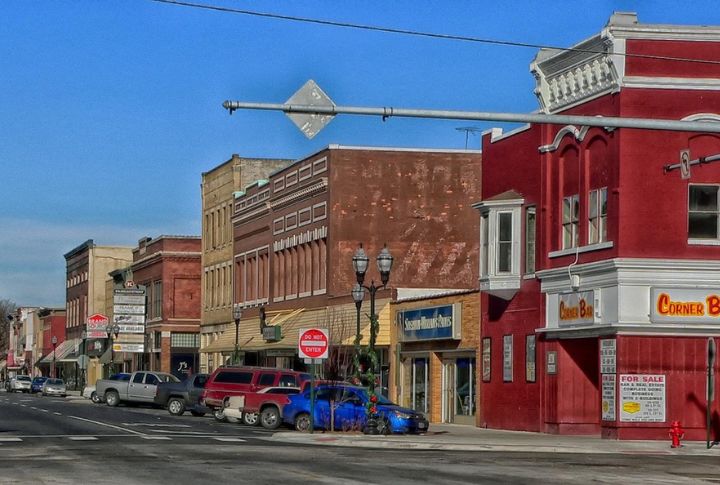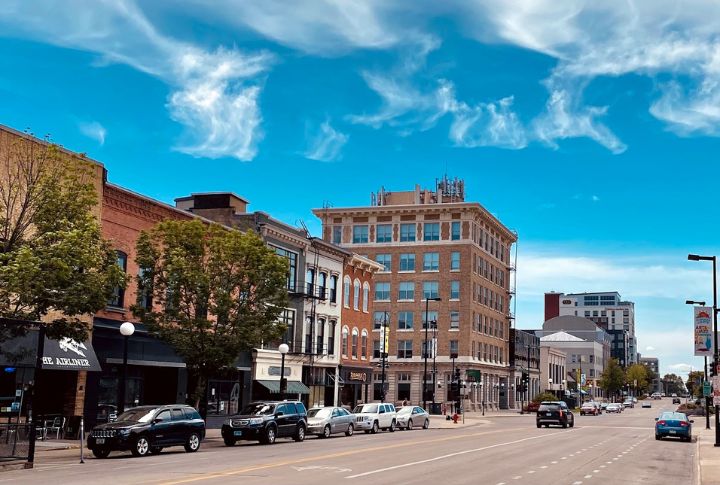
In the U.S., life expectancy rose from 76.4 years in 2021 to 78.4 in 2023, reflecting a gradual national rebound. While state-specific data is only current through 2021, several states already exceeded the national average at that time, thanks in large part to targeted healthcare strategies and community-driven initiatives. Let’s explore what’s driving longevity in these standout states and why their approaches are making a measurable difference.
Hawaii (79.9 Years)

It’s not just the beaches—Hawaii boasts the cleanest air in the nation, with minimal exposure to industrial pollutants. Combine that with strong, community-centered elder care rooted in Native Hawaiian traditions, and it’s no surprise Hawaii holds the highest life expectancy in the U.S., despite its high living costs.
Massachusetts (79.6 Years)

Massachusetts invests more than $10,000 per person each year in healthcare and was a pioneer in adopting universal coverage back in 2006. Since then, statewide campaigns focusing on heart disease and mental health have grown steadily, fueled by public health reforms introduced between 2017 and 2020.
Connecticut (79.2 Years)

Nearly 18% of Connecticut’s residents are over 65, and yet hospital admissions for chronic illness remain low. Mortality rates from cardiovascular disease have dropped steadily since 2010 due to early screening programs and an emphasis on geriatric-specific outpatient care.
New York (79.0 Years)

In NYC and its surrounding metros, a daily walking culture and low car ownership help keep sedentary habits at bay. With nearly 40% of New Yorkers born abroad, immigration often brings healthier habits—like less tobacco use and a stronger focus on plant-based diets.
New Jersey (79.0 Years)

In the last decade, New Jersey has tripled its Medicaid expansion efforts, prioritizing early intervention and nursing home transparency laws. Around $100 million has been invested by the state in 2023 in long-term care infrastructure improvements for seniors so they stay out of nursing homes.
Minnesota (78.8 Years)

Minnesota has 64 state parks that encourage outdoor activity and 10 million annual visitors. This could be why the state data show lower obesity rates (33.3%) than the national average (41.9%). Add excellent public education and lower poverty, and long lives are no surprise.
Rhode Island (78.5 Years)

Since 2016, adult obesity rates in Rhode Island have leveled off at about 30%. In 2023, state healthcare spending rose by 7.8%, with notable differences across coverage types. Targeted subsidies help lower-income families catch and manage chronic conditions like diabetes and hypertension early on.
New Hampshire (78.5 Years)

The opioid crisis hit New Hampshire hard, but since 2018, strong harm reduction efforts have taken hold. With $5.5 million in federal funding, rural healthcare access has improved, helping keep death rates from preventable causes consistently below national averages.
Vermont (78.4 Years)

Vermont passed the Blueprint for Health Act in 2006, which integrates preventative care and mental health into every primary care visit. This long-term investment has yielded high vaccination rates and a strong community health infrastructure that continues to outperform many wealthier states.
California (78.3 Years)

From banning trans fats in 2010 to launching farmers’ market access in food deserts, California leads on public health policy. While pollution and housing inequality remain, the Mediterranean diet culture and year-round produce availability significantly support healthy aging across populations.
Washington (78.2 Years)

Public health reform doesn’t usually trend, but Washington made it appealing. Their 2021 Cascade Care program—the first public option in the nation—expanded access in rural zones. On top of that, high funding levels (over $11,000 per capita) drive long-term disease prevention, keeping chronic illness rates significantly below average.
Utah (78.2 Years)

Mormon influence goes deeper than you’d think—Utah’s low smoking and alcohol rates are cultural norms. Obesity is at 30.2%, among the lowest nationally. Utah has implemented significant obesity prevention initiatives, including the Mountain West Prevention Research Center, which received $5 million in federal funding to address childhood obesity.
Wisconsin (77.8 Years)

Access is saving lives here. The state’s SeniorCare program, launched in 2002, helps older residents afford prescriptions without relying on full Medicare. Despite a binge-drinking reputation, Wisconsin’s heart disease mortality has dropped by nearly a third since 2005, partly thanks to state-funded screenings in underserved counties.
Nebraska (77.8 Years)

Cattle and corn aren’t the health threats you’d assume. Nebraska’s air quality remains among the cleanest nationwide, thanks to limited industrial density and vast farmland. That pays off in respiratory health metrics. The state also has 141 Medicare-certified rural health clinics, which serve over 660,000 rural residents and boost chronic illness management far from metro centers.
Colorado (77.7 Years)

Staying healthy feels almost like a side effect of living in Colorado. Residents are statistically the least obese in the U.S. at just 24.6%. Health insurers in the state now cover fitness-related expenses, including trail passes. And public funding for outdoor infrastructure has more than doubled since 2015, driving up usage year-round.
Iowa (77.7 Years)

Iowa does have one of the fastest-growing senior populations in the U.S., with projections indicating that by 2030, more Iowans will be 65 or older than 18 or younger. Its readmission rates for patients over 65 remain well below the national average. Continuity of care through long-standing primary physician relationships makes a huge difference.
North Dakota (77.6 Years)

After a spike in suicides, North Dakota’s legislature tripled its behavioral health budget between 2017 and 2023. That’s translated to rapid-response mental health programs and addiction centers in remote counties. Federal grants, including a $5 million allocation in 2022, have supported telepsychiatry and virtual counseling programs.
Oregon (77.4 Years)

Oregon has been a healthcare outlier since the ’90s, launching its ranked treatment model for Medicaid access in 1993—a move that sparked debate at the time. Today, it’s viewed as groundbreaking. Coordinated Care Organizations have replaced scattered networks, and youth smoking rates have plummeted by nearly 80% since the model began.
Idaho (77.2 Years)

While other states make headlines with bold reforms, Idaho takes a quieter, grassroots approach. With about $8,200 spent per capita, it still boasts some of the nation’s lowest rates of hospital-acquired infections. Volunteer-run, community-led rural clinics bring essential care to even the most remote corners of the state.
Maryland (77.2 Years)

Maryland rolled out its all-payer model statewide in 2014, reining in hospital costs and cutting down on financial bias in care. Diabetes-related deaths here are well below national averages. With everyone paying the same rates, hospitals shift their focus from profit to effectively managing long-term conditions.
